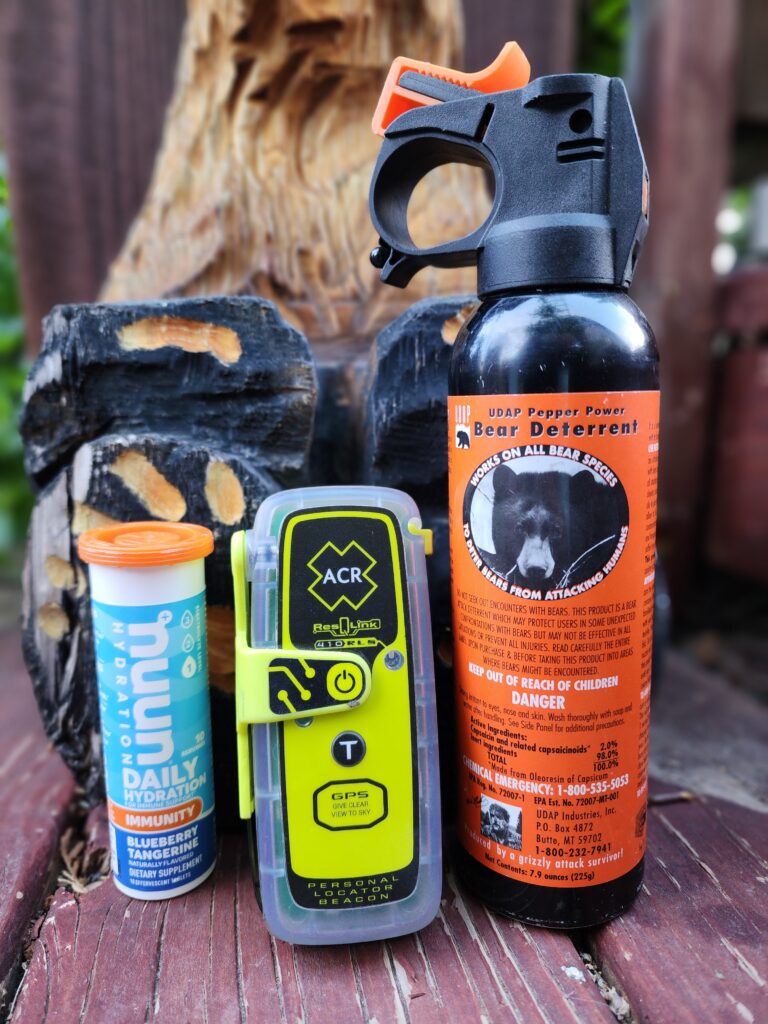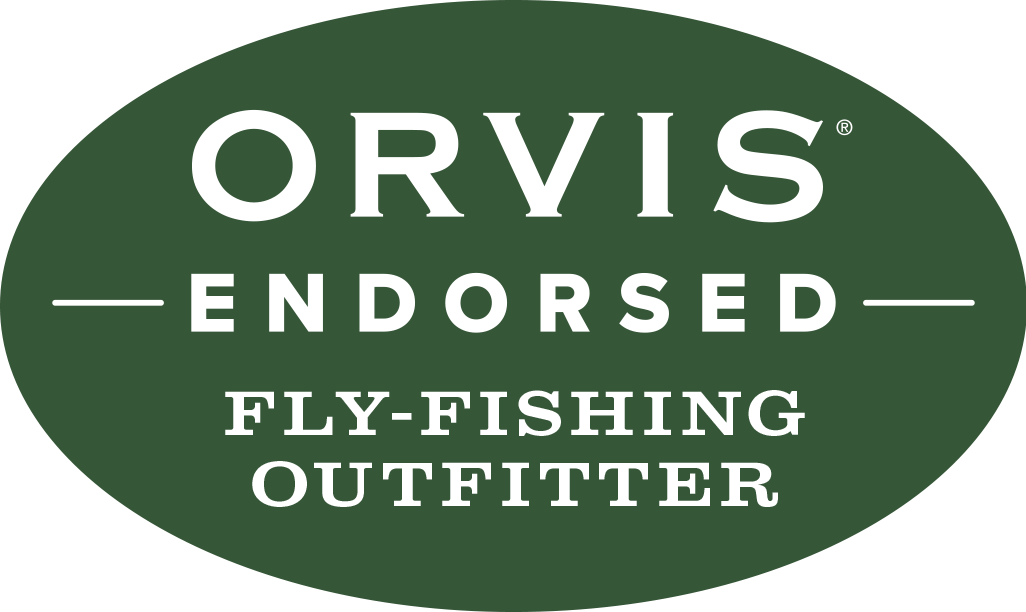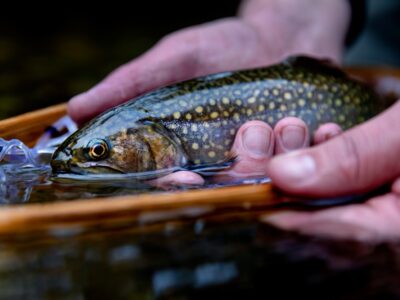Three Must Haves from a backcountry Guide
There are some fly fishers who crave a certain type of solitude—the kind that involves strapping on a backpack, hiking up a mountain to an alpine lake, or bouncing down dirt roads to a remote stream, then trekking for miles through gin-clear water just to cast dry flies to native cutthroat. The only sights and sounds are those provided by Mother Nature, with not another human soul for miles.
I am one of those fly fishers—well, actually, a fisherwoman in my case. I spend many days each season in the backcountry hiking, fishing, and scouting alpine lakes and remote rivers. There’s something deeply satisfying about carrying everything you need on your back, breathing in fresh mountain air, and figuring out what the trout are feeding on that day. Just you and your fly rod, the river speaking its own language as it rolls over the rocks.
As peaceful and fulfilling as all of that can be, it comes with its own set of risks. When you’re hiking and fishing in the Montana backcountry, you quickly realize there’s no cell service, you’re miles from the nearest town, and that zen moment can turn to chaos in seconds.
As both a backcountry guide and solo angler, I’ve learned to mitigate those risks as much as possible. Some lessons have come the hard way; others through trial and error. I try to strike a balance between packing light and carrying only the true essentials. Depending on the type of fly fishing adventure I have planned, I pack accordingly—but no matter where I’m headed, there are three items I ALWAYS have in my backpack.

3 Must Haves For the Backcountry
Bear spray -t’s lightweight, effective, and easy to use—you don’t need to be an expert. It works on just about any animal, including humans. Just make sure you’re not downwind when you deploy it. I also recommend practicing how to remove the safety clip and aim the canister. In a high-stress situation, muscle memory can make all the difference if you’re suddenly charged by a bear or moose.
When I’m trekking through the backcountry, I’m constantly calling out, “Hey bear! Hey bear!”—because the last thing I want is to surprise a grizzly in the wild.
Personal Locator Beacon – I carry ResQLink 400 Personal Locator Beacon. It’s a global unit, registered with the NOAA and sends out a GPS and Galileo GNSS signal so SAR can be notified. The truth is, I got this unit because my family members got tired of worrying about me, discussions were had and I was basically told to get a PLB. It was the right thing to do. All I have to do is unlatch the antenna, push a button and wait for SAR to arrive. I’ve hurt myself while scouting rivers, once bad enough where I had to crawl back to my vehicle. Reality is, a medical event with a guided client could happen, you could get caught in a flash flood or take a prairie rattler bite all of which require a backcountry rescue. It’s peace of mind and in an emergency, time is critical.
Electrolytes – I know, not what you were expecting. Hear me out, though. Everyone knows—or at least has heard—how important it is to stay hydrated when active. Obviously, drinking water is smart, but you can be even smarter. When you’re out putting on the miles, trekking through the backcountry, you sweat out important minerals while your body works to cool itself down. In Montana, we’re at a higher elevation, and the UV light is also stronger. Add to that the sun from above and the reflection off the water, and over the course of a day, it really takes a toll on your body.
That said, as someone who is allergic to the sun (yup, I take medicine for it) and who suffers from heat exhaustion quickly, it took me quite a few years to get dialed. The game changer for me was starting my day with electrolyte-infused water. I drink this before any physical activity and then continue to sip on it throughout the day. I noticed a huge difference in my ability to finish a hiking and fishing day feeling good versus feeling rundown on my hike out.
When you’re tired or not feeling your best, that’s when the risk of injury or poor decisions tends to increase. When I’m guiding clients, I always explain Montana’s elevation and UV exposure and stress how important it is to stay hydrated. I make them stop and drink their electrolytes. Even though I listed this as number three on my list, it’s actually my number one priority. So there you have it—my top three must-haves for the backcountry fly-fishing experience, all focused on safety. Wishing you tight lines out there on those remote waters!
Written By : Stephanie Witham


 Missouri River Fishing Report – July
Missouri River Fishing Report – July
Leave a Reply